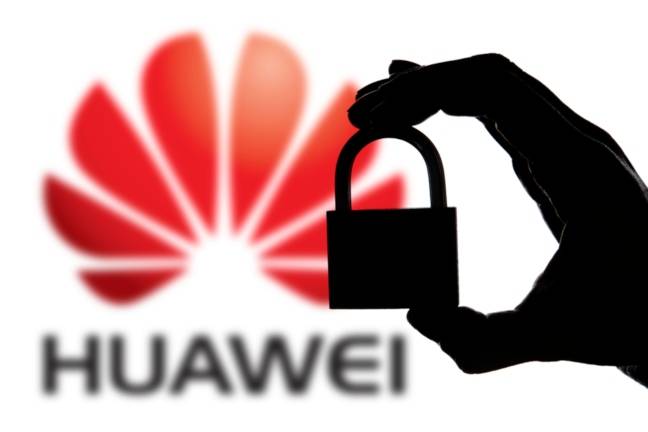Kuusi Venäjän sotilastiedustelupalvelu GRU:n upseeria on saanut Yhdysvalloissa syytteen kyberhyökkäyksien toteuttamisesta. Asiasta
kertoo Daily Mail.
Yhdysvaltain oikeusministeriön mukaan kyberhyökkäysten kohteena olivat muun muassa Korean talviolympialaiset vuonna 2018 ja vuotta aiemmin Ranskan vaalit. Upseerien pyrkimyksenä oli häiritä myös ensi vuonna järjestettäviä Tokion olympialaisia ja paralympialaisia.
– He ovat vastuussa häiritsevimmistä ja tuhoisimmista tietokonehyökkäyksistä, jotka yksittäinen ryhmä on koskaan tehnyt, oikeusministeriö kertoo.
Ison-Britannian ja Yhdysvaltain viranomaisten mukaan venäläiset kaatoivat 2018 Korean olympialaisten avausseremonian aikana internet-yhteyden ja häiritsivät useita tv-lähetyksiä. Tarkoituksena oli pyyhkiä kaikki tiedot tietokoneilta ja estää niiden toiminta.
Kyberhyökkäyksiä tehtiin myös paralympialaisiin.
– GRU:n toimet olympialaisia ja paralympialaisia vastaan ovat katkeria sekä harkitsemattomia. Tuomitsemme ne erittäin vahvasti, Ison-Britannian ulkoministeri
Dominic Raab linjasi.
Ison-Britannian viranomaisten mukaan GRU:n upseereilla oli samankaltaisia suunnitelmia Tokion olympialaisten ja paralympialaisten varalle. Kyberhyökkäyksien kohteena olisivat olleet olympialaisten järjestäjät, logistiikkapalvelut ja sponsorit.
Venäläiset aikoivat jälkinensä peittämiseksi esiintyä kiinalaisina ja pohjoiskorealaisina kyberrikollisina.
– Kesäolympialaisten hyökkäykset ovat uusin käänne Venäjän sotaretkellä, jonka tavoitteena on toimia pahantahtoisesti olympialaisia ja paralympialaisia kohtaan, brittihallitus tiedotti.
Venäjä suljettiin kansainvälisten urheilutapahtumien ulkopuolelle neljäksi vuodeksi, kun maan valtiojohtoinen dopingohjelma paljastui.
Viranomaisten mukaan Venäjä on tehnyt kyberhyökkäyksiä kansainvälisiä urheiluorganisaatioita kohtaan siitä lähtien, kun maan dopingvyyhti tuli ilmi. Venäjä on kieltänyt syytteet.
Nyt syytteessä olevaa kuusikkoa syytetään myös muista erittäin merkittävistä kyberrikoksista.
Britannian kansallisen kyberturvallisuuskeskuksen mukaan sama ryhmä teki kyberhyökkäyksen Ison-Britannian ulkoministeriön ja Skripalien myrkytystä tutkineen laboratorion tietokonejärjestelmiin 2018. Tarkoituksena oli häiritä tapauksen tutkintaa.
Ranskan vaaleissa GRU:n ryhmä hakkeroi ja vuosi yli 20 000 presidentti
Emmanuel Macronin kampanjaan liittyvää sähköpostia. Ryhmä on tehnyt kyberhyökkäyksiä myös Ukrainan sähköverkkoon, Georgian parlamenttiin ja Georgian mediaan.
Yhdysvaltain mukaan kuusikkoa syytetään myös haittaohjelmasta, joka vaikutti yritysten tietokoneisiin ja aiheutti maailmassa lähes miljardin dollarin tappiot vuonna 2017.
Yhdysvaltain varaoikeusministeri
John Demers väitti samojen henkilöiden olleen syytteessä Yhdysvaltain vaaleihin kohdistuneesta häirinnästä vuonna 2016. Nykyisissä syytteissä ei kuitenkaan ole kyse vaaleihin sekaantumisesta.
– FBI on toistuvasti varoittanut siitä, että Venäjä on lahjakas kybervihollinen. Näissä syytteissä paljastunut tieto osoittaa, kuinka tuhoisia Venäjän kyberrikolliset todella ovat, FBI:n varajohtaja
David Bowdich kommentoi.

















